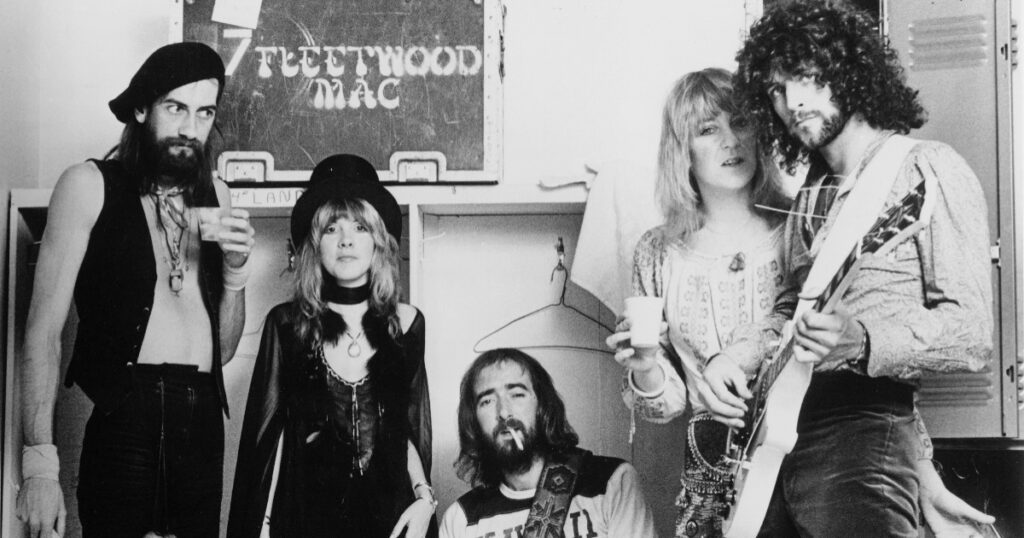The year 1966 was a pivotal one in the world of rock music, marking a profound transition from pop-oriented and folk rock styles to more experimental and introspective sounds. This was the year when iconic bands took bold artistic leaps, influencing the genre’s trajectory for decades. Here, we explore the top five rock albums from 1966, each a cornerstone in the history of music.
1. The Beatles – Revolver
Released in August 1966, Revolver by The Beatles is often hailed as one of the greatest albums in rock history. This groundbreaking record featured an array of studio experimentation and a wider range of sounds and styles than their previous work. Songs like “Eleanor Rigby” showcase classical string arrangements, while “Tomorrow Never Knows” delves into avant-garde psychedelia, setting the standard for innovative studio techniques.
2. The Beach Boys – Pet Sounds
May 1966 saw the release of The Beach Boys’ Pet Sounds, an album that redefined the boundaries of music production and songwriting in rock music. With intricate arrangements and layered harmonies, Brian Wilson pushed the band to new heights. Tracks such as “God Only Knows” and “Wouldn’t It Be Nice” are perfect examples of this lush, orchestral approach, which has left an indelible mark on the sound of modern pop and rock.
3. Bob Dylan – Blonde on Blonde
Completing his electric trilogy, Bob Dylan released Blonde on Blonde in May 1966. This double album featured a rich blend of rock, blues, and folk, capturing Dylan’s poetic lyricism and unique voice. With tracks like “Just Like a Woman” and “Visions of Johanna,” Dylan’s exploration of complex lyrical themes and eclectic sounds made this one of the most influential albums of the era.
4. The Rolling Stones – Aftermath
Aftermath, released in April 1966, was the first Rolling Stones album to feature entirely original compositions by Mick Jagger and Keith Richards. Moving away from their R&B covers, this album showcased a more diverse sound, including the marimba-infused “Under My Thumb” and the epic “Going Home.” Aftermath stands out for its bold experimentation and represents a critical moment in the band’s evolution.
5. The Kinks – Face to Face
October 1966 brought Face to Face by The Kinks, a collection of songs that reflected Ray Davies’ growing skill as a songwriter dealing with English culture and social issues. With tracks like “Sunny Afternoon,” the album is noted for its wit and the poignant critique of the British class system. Face to Face is often considered the first concept album in rock history, highlighting the band’s unique place in rock’s narrative.
1966 was indeed a watershed year for rock music, characterized by unprecedented experimentation and artistic advancement. These albums not only reflect the evolving soundscapes of their time but also continue to influence musicians and fans alike. As landmarks of cultural and musical innovation, they remain essential listening for anyone interested in the history of rock music.




